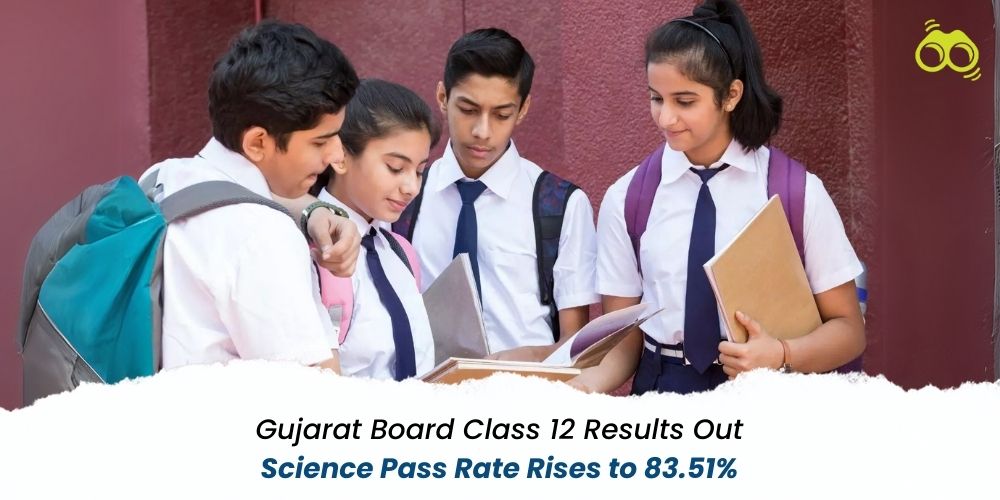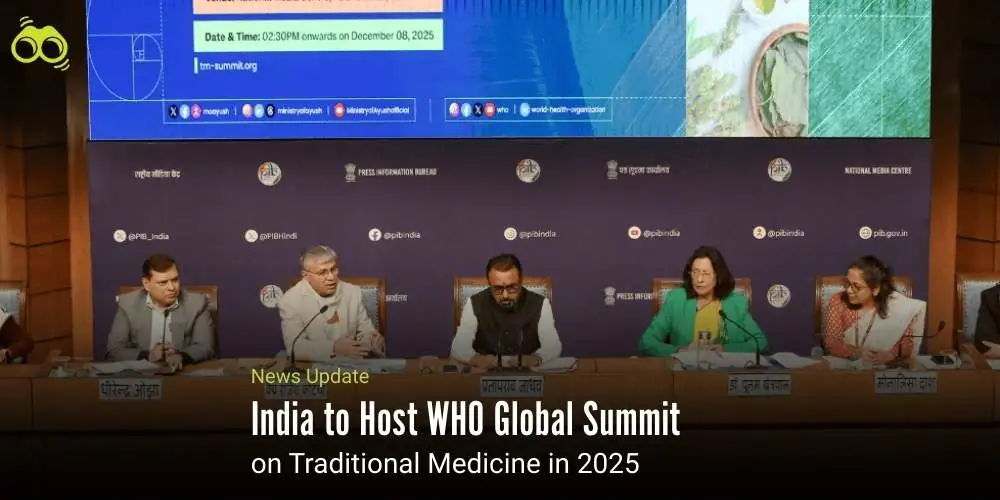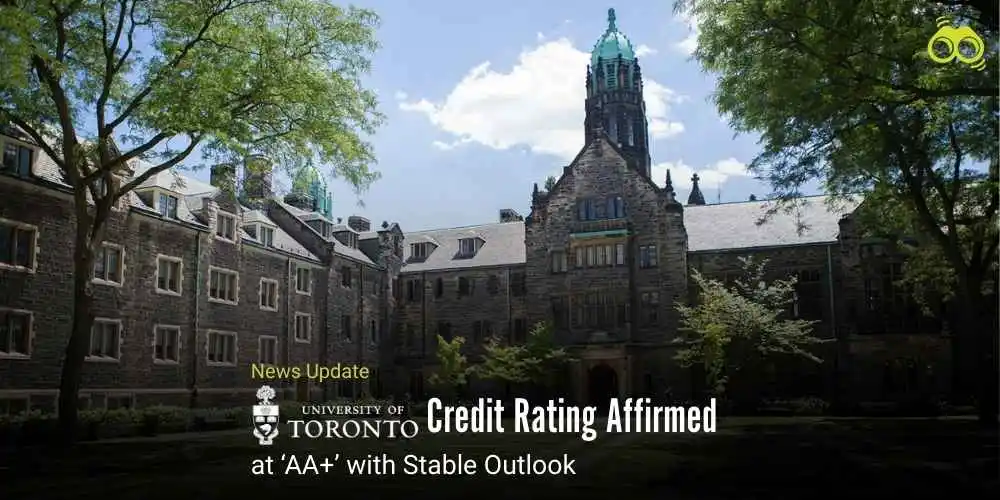Gujarat Schools Show Varied Performance in Board Exams: 100% Pass Rate Institutions Rise
Science Stream Sees Drop in A1 and A2 Grades Despite Pass Percentage Increase
The Gujarat Secondary and Higher Secondary Education Board (GSEB) has officially declared the Higher Secondary Certificate (HSC) results for Science, Commerce, and Arts streams. With thousands of students awaiting their scores, the board has directed them to check their scorecards on the official website, gseb.org, while further updates on revaluation and other details are available on education.indianexpress.com.
According to official reports, the overall HSC pass percentage this year stands at 93.07%, reflecting a slight increase compared to 91.93% in the previous year. The results reportedly indicate mixed progress across different streams, highlighting both areas of improvement and concerns. In the Science stream, the pass rate saw a marginal rise, increasing from 82.45% in 2024 to 83.51% in 2025. Boys were said to have outperformed girls slightly, recording a pass percentage of 83.79%, whereas girls achieved 83.2%.
Despite the overall upward trend in performance, concerns were raised over the decline in top-grade achievers in the Science stream. Reports indicate that out of 1,00,575 candidates who appeared for the February-March GSHSEB Science exams, fewer students secured A1 and A2 grades. The number of students obtaining A1 grades fell from 1,034 in 2024 to 831 in 2025, while A2 grades declined from 8,983 to 8,083.
Meanwhile, the General stream showed strong growth, with the pass percentage rising from 91.93% in 2024 to 93.07% in 2025. Of the 3,62,506 students who took the exam, 3,37,387 were reported to have qualified for the pass certificate. At the institutional level, both high and low-performing schools saw an increase in numbers. Schools achieving a 100% pass rate in the Science stream rose from 127 in 2024 to 194 in 2025, while those with less than 10% pass rate increased from 27 to 34. Similarly, in the General stream, schools with perfect results grew from 1,609 to 2,005, whereas institutions with under 10% pass rate saw a slight rise from 19 to 21.
The GSEB Class 12 board exams for Science and General streams were conducted from February 27 to March 10. Students in the Science stream were advised to collect their original mark sheets from their respective schools a few days after the results. The board was expected to send the hard copies shortly after the announcement.
In 2024, the Gujarat board released Class 12 results for all streams on May 9, following Science stream exams held between March 11 and 22. Additionally, the Science stream pass percentage saw a significant increase in 2024 compared to 2023, rising from 65.58% to 82.45%. Official figures showed that out of 1,31,849 students registered, 1,30,650 appeared, and 91,625 qualified. It was further reported that boys outperformed girls, with pass percentages of 83.53% and 82.35%, respectively.
The steady improvement in student performance reflects ongoing efforts to enhance educational quality at Gujarat’s higher secondary level. To pass the Class 12 Science exam, students are required to score at least 33% in each subject and secure a minimum grade of 'D'. Those who fail in one or more subjects are eligible for supplementary exams, while students dissatisfied with their marks can apply for rechecking through the official website. The latest statistics highlight Gujarat’s progress in higher secondary education while also revealing areas that require further academic intervention.
Editor's Note:
The GSEB HSC results showcase an encouraging upward trend in pass percentages, but the decline in top-grade achievers raises some concerns. While the overall success rate has marginally improved, it is essential to look beyond just the numbers and evaluate academic performance holistically. In the Science stream, boys continued to outperform girls, albeit by a slim margin. The pass percentage for boys rose to 83.79%, while girls followed closely with 83.2%. However, the decline in A1 and A2 grades suggests that fewer students achieved top scores, indicating potential challenges in quality learning and exam preparedness. On the other hand, the General stream delivered a stronger performance, showing a steady increase in overall pass rates. The rise in 100% result schools suggests that institutions are working toward improving overall student success, yet the number of low-performing schools has also increased—a factor that must not be overlooked.
Skoobuzz notes that while Gujarat’s higher secondary education system has demonstrated progress, it is critical for educators and policymakers to focus on qualitative improvements, ensuring that students do not just pass but excel in their academic journey.














0 Comments (Please Login To Continue)